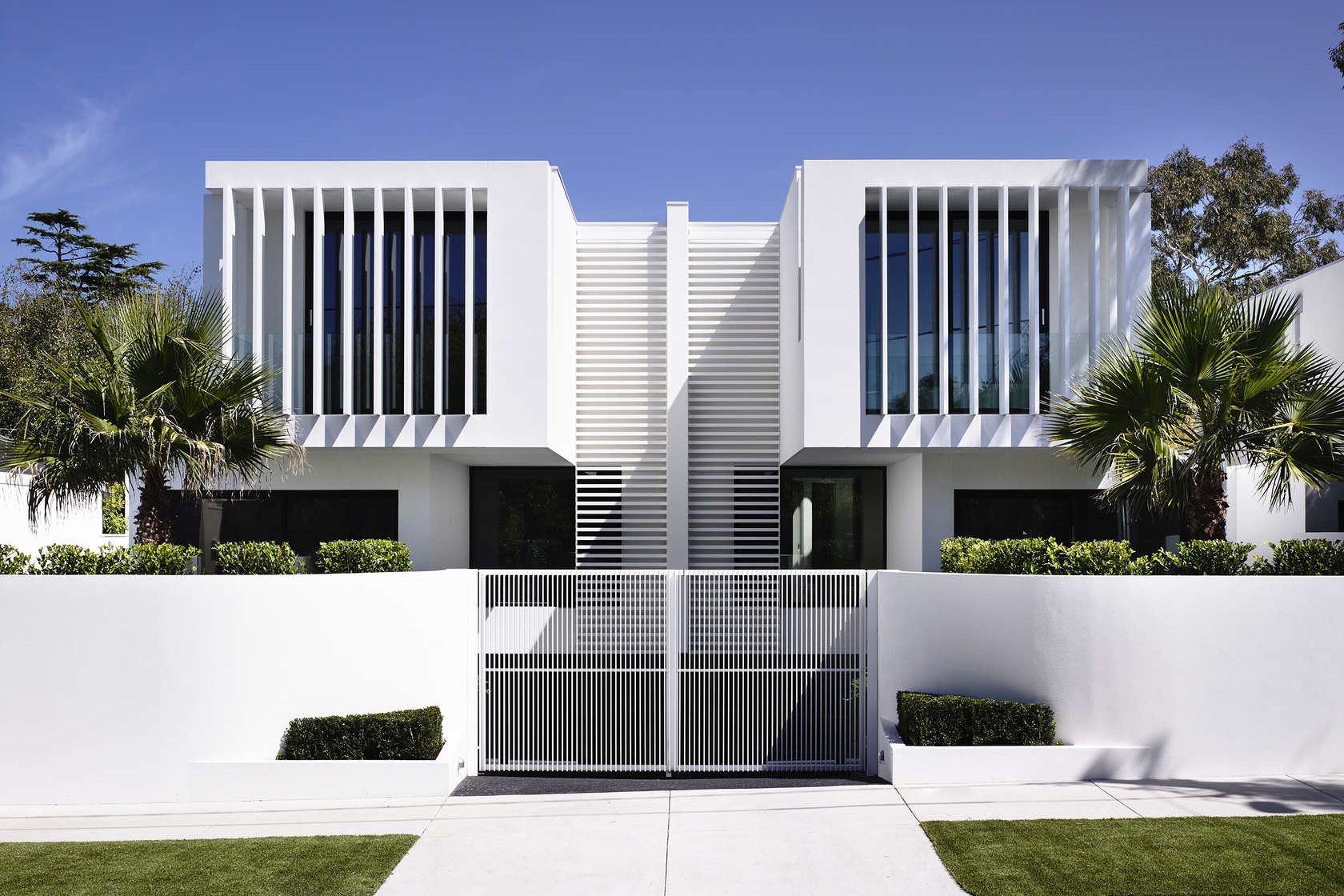In the era of smart technology, upgrading your home’s electrical system is not just about convenience; it’s about making a safer, more efficient, and smarter living space. With the right electrical upgrades, your home can be transformed into a hub of modern living.
This article explores key smart home electrical upgrades that enhance both the intelligence and safety of your home.
1. Smart Circuit Breakers: The Heart Of A Smart Home
The first step in upgrading your home’s electrical system is often overlooked but is fundamental – the installation of smart circuit breakers. Smart circuit breakers, like those installed by leading service providers such as Stamche Electrical, offer data on your electricity usage, allowing for better energy management and enhanced safety. They can detect irregularities in the power supply and automatically shut down in case of overload, preventing potential electrical fires.
2. Advanced Lighting Solutions: Brightening Your World Smartly
Smart lighting systems are not just about controlling the ambiance of your home. These systems can learn your habits, adjust brightness based on natural light levels, and even alert you in case of emergencies. Upgrading to LED smart bulbs, which are both energy-efficient and long-lasting, is a step towards a greener, smarter home.
3. Smart Outlets And Switches: Control At Your Fingertips
Replace traditional outlets and switches with smart ones. Smart outlets allow you to control and automate the operation of almost any home appliance. They also offer the advantage of monitoring energy usage, which is crucial for a home aiming to be both smart and energy-efficient.
4. Home Energy Monitor: Keeping An Eye On Energy Consumption
A home energy monitor is an essential tool in a smart home. It provides detailed insights into your home’s energy consumption patterns, helping you identify areas where you can save energy and reduce costs. This proactive approach to energy management is key to a smarter home. Shop single phase to 3 phase converter here.
5. Whole Home Surge Protection: Safeguarding Your Investments
Smart homes are filled with sensitive electronics that can be damaged by power surges. Installing whole-home surge protection is a critical upgrade to protect these investments. This system safeguards all your appliances and devices from unexpected spikes in electrical voltage.
6. Solar Panels And Battery Storage: Embracing Renewable Energy
Embracing solar energy through the integration of solar panels and battery storage systems is a visionary step in upgrading your home’s electrical infrastructure. Solar panels harness the sun’s energy, converting it into electricity, thereby reducing reliance on traditional power grids and lowering utility bills. Coupled with battery storage systems, they ensure a continuous power supply, crucial during outages or peak usage times.
This sustainable approach not only minimizes your carbon footprint but also adds significant value to your property. Modern solar panel installations are sleek, efficient, and can be tailored to the aesthetic of your home. With advancements in technology, they have become more affordable and accessible to homeowners.
7. Smart Home Security Systems: Ensuring Peace Of Mind
Upgrade your home’s security with smart security systems. These systems integrate cameras, motion sensors, and smart locks, all of which can be monitored and controlled remotely. This level of security brings peace of mind, knowing your home is safe and secure.
8. Voice-Controlled Assistants: The Pinnacle Of Convenience
Integrating voice-controlled assistants like Amazon Alexa or Google Home into your electrical system takes convenience to another level. These devices can control various smart home features, offer hands-free assistance, and enhance your overall smart home experience.
In Conclusion
Upgrading your home’s electrical system with these smart technologies not only makes your life more convenient but also significantly enhances the safety and efficiency of your home. It’s an investment that pays off in the long run, both in terms of cost savings and quality of life. As we embrace the future, making our homes smarter and safer is not just an option; it’s a necessity.











